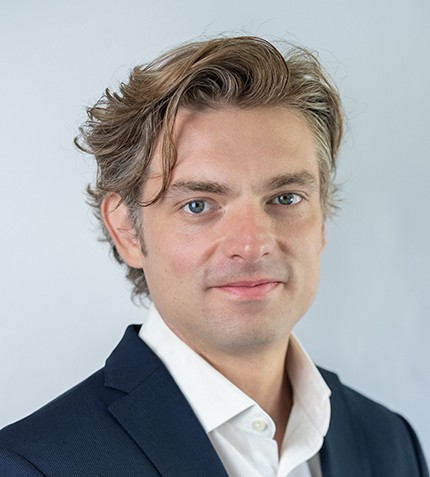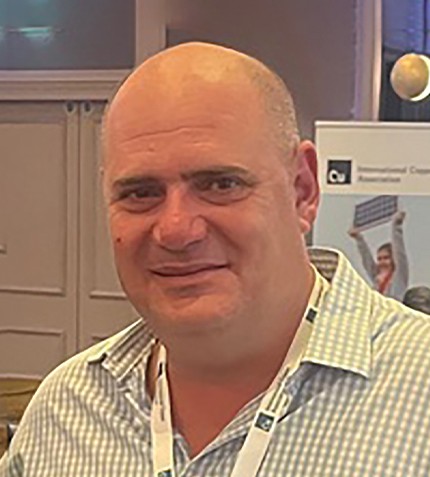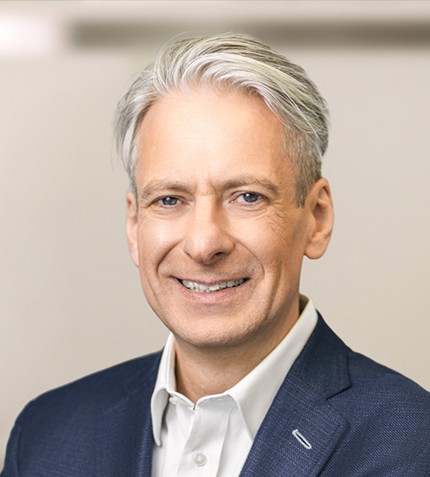
"Companies are incorporating better architecture to give mining camps a better design, look and feel, all whilst integrating sustainable techniques."
RELATED PUBLICATION
Pablo Rosales
CEO, TARPULIN
Can you introduce Tarpulin to our audience?
Tarpulin is a modular construction company, specialized in projects requiring modular warehouses, dining rooms and industrial buildings in general. Our main clients are mining, ports and logistics companies. Therefore, whether directly or indirectly, we are normally present in the mining ecosystem.
How is Tarpulin overcoming the challenges of attracting and retaining labor?
It is a challenge to maintain a balance of efficiency and productivity together with meeting the expectations of our workforce. We strive to be able to offer our workers a project that makes sense for their long-term development and that motivates them. To achieve our goals in this matter, we have a ‘People’s Manager’ who is focused on organizational development, focused on people and their needs and how to create a satisfactory project for them in Tarpulin. We also develop local talent, contractors and subcontractors in the Antofagasta region to help reduce our carbon footprint, who contribute to the creation of a more specialized workforce and boost the local economy.
As labor laws evolve in Chile, so does the modular construction sector. We try to be efficient without pressuring staff to ensure safety, and because of this, the quality of camps is generally increasing. Companies are incorporating better architecture to give mining camps a better design, look and feel, all whilst integrating sustainable techniques.
What is Tarpulin’s approach to reducing its carbon footprint?
We have measured our carbon footprint, enabling us to inform our clients of the specific amount of CO2 we are generating. Our next step is to act on these figures to reduce them. An area in which we have seen much growth in Tarpulin over the last year is modular floors, which are manufactured with recycled plastic to replace concrete slabs.
To make this even more sustainable and low-CO2 focused, we are working with a new injection plant in Antofagasta, with the company DEX. This will eliminate transporting plastic waste from Antofagasta to Santiago for crushing, cleaning, and injection. This will enable us to carry out the entire recycling process from receiving waste and transforming it into sustainable recycled floors, locally in Antofagasta.
What is the added-value of Tarpulin's services?
Our construction model is attractive to mining companies and related industries due to its lower cost and faster delivery times. We also rent warehouses that are assembled on our clients’ land, so flexibility is also a key factor. Another driving factor of our business is environmental permits as they are complex and take a long time to obtain, which increases the need for our solutions to be at a mine site for longer before development can start.
What is Tarpulin’s footprint like in the rest of Latin America, and do you see opportunities for expansion into foreign markets?
We currently operate projects in Peru, and we are experiencing a growth in RFP from Argentina, Ecuador and Colombia. For the moment, we have only exported supplies to those countries, but the plan is to go further, increasing our manufacturing capacity to attend to those markets. The market in Argentina has been evolving since the change in administration, and this has translated into more business for Tarpulin in the country as companies look to revive long-term projects.
What is the role of technology at Tarpulin?
Technology is very relevant to us, but we acknowledge that we are behind and need to catch up. For that, we are working with a company well-versed in AI to boost our business and data analysis for decision-making. One of our commercial projects has just been approved, and that involved the use of AI to aid in the sales, the CRM area, and in data analysis, aiding customers in strategic decision making.
What are your plans for the future of Tarpulin?
Tarpulin enters 2025 following a strong performance in 2024, having already made strategic investments in the early months that are expected to yield returns throughout the year. Our focus will be on consolidation, while continuing to pursue organic, strategic, and sustainable growth. We aim to foster innovation, think beyond conventional solutions, and further integrate new technologies into our operations.











